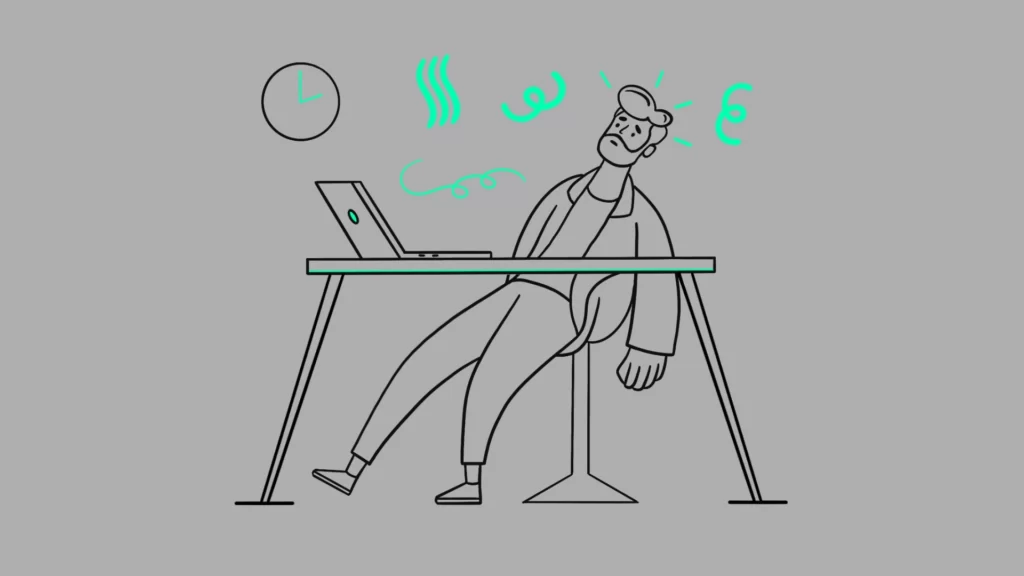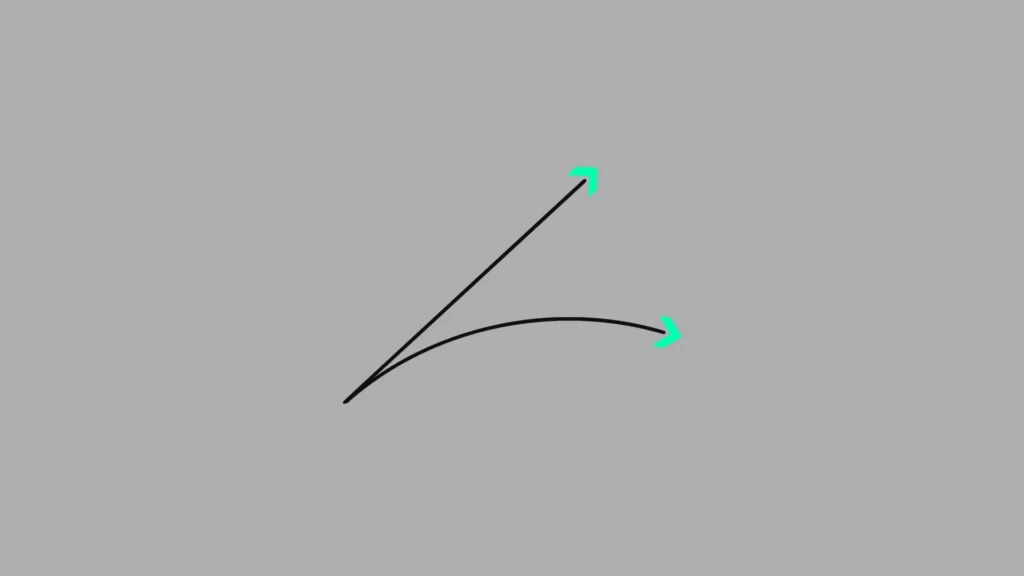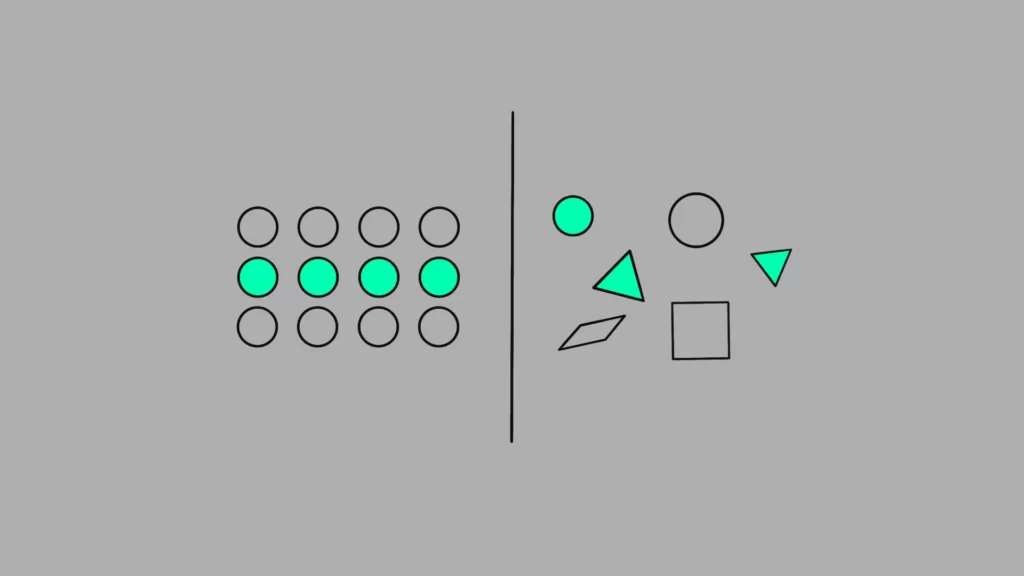How to Overcome the Boredom of Redundancy and Turn it into a Drive for Professionalism
Uncategorized
As digital product designers, we all pass through periods of ennui; whether your specialty is e-commerce platforms, landing pages, dashboards, or any kind of web/app design, having to repeatedly work on consecutive projects that are in the same category is guaranteed to leak into your soul a sentiment of boredom, and suck the motivation to get work done out of you. This state of ennui, if not managed properly, can lower your productivity, make you lose focus easily during work, and might even cause you to quit work in some cases, which happened to many of us already.
However, this redundancy is in fact a golden opportunity that only a few digital product designers get access to in their lifetimes. Getting asked to design the same kind of products over and over again allows you to evolve from a novice or an intermediate designer into a professional, highly-specialized one. In the meantime, other designers might chase such an opportunity throughout their careers with no luck.
If you are stuck with such a creativity block, or if you can’t break free of the chains of boredom, this article will show you how to alter your point of view towards repetition from a humdrum source of inhibition to an exhilarating drive for professional development and specialization. Additionally, I will share with you my own experience with that transformation, and how I have been reaping its benefits till today. I’ll also offer you some tips, tricks, and resources on how to make the most out of highly repetitive projects, and use them as an opportunity for personal development and further specialization.
Why Redundancy Happens to You

While there are multiple direct and indirect reasons behind getting repeatedly asked to work on the same kind of projects, a major direct reason is working with one client or company for an extended period of time. Once you establish rapport with that one client, deliver excellent design results, and build high-quality websites/apps that perform well, you are guaranteeing yourself the continuation of this client relationship with you, meaning that they will keep contracting you to implement more and more projects of mostly the same nature. Moreover, this client’s referrals and affiliates, as well as those of fellow developers you might have worked with, are highly likely to be potential clients with the same expectations and scope of work. This means you are constantly getting pulled into more repetition, and hence possibly more ennui.
Another major yet indirect reason is you having a distinctive project in your portfolio, which showcases your skill in finding solutions for user problems in a specific scope of projects, as well as your ability to turn these solutions into a creative user interface. This portfolio acts to attract new clients who are running projects with similar nature and expectations. Everyday you are exhibiting this specific project on your wall, you raise your odds of getting offered more similar projects on repeat. Fueling this phenomenon even more are the algorithms of freelancing platforms such as Upwork and Freelancer.com, where if you work as a freelance UX/UI designer on such a platform, the algorithms will show you opportunities that are similar to your previous projects, and will also recommend your profile to clients with similar scopes and ideas to what’s already on your portfolio. This data-powered trend forces you as a UX designer down into more specialization, which also means more redundancy.
Another minor indirect reason behind the redundant nature of projects offered to you is your personal preferences as a UX designer. Namely, this is a comfort/familiarity zone problem. Attempting to design the UX of a type of interface that you’ve never worked on before comes with a certain difficulty, which hinders your creative flow and prevents you from really fulfilling the ultimate purpose of such a project. For instance, if you are an expert at designing seamless user experiences on mobile apps, you might find it quite challenging to transfer that UX to a website where users rely on a keyboard and a mouse to interact with your work.
How a Negative Attitude Towards Redundancy Can Impact a UX/UI Designer

Factors causing a negative attitude towards redundancy
Some factors affect a designer’s attitude towards repetitive projects and how to handle them. The following is a review of the most important factors:
The designer’s level of experience
A designer’s level of maturity and experience has the greatest influence on their professional decisions, which in turn determine the types of projects that they may receive and accept, as well as their quantity.
According to the Dunning-Krueger effect, a UX designer’s level of confidence in his/her technical skills is at its peak soon after the start of their career. That is sometime between their first and third years of work. At that stage, you are bound to feel like the perfect path for improving and honing your skills is through constant renewal and exploration of new things. Repetition appears like a clear enemy at this stage; a force that inhibits growth, dampens enthusiasm, and consumes energy.
Even though diversifying your portfolio at the beginning of your career is indeed necessary, random diversification impacts you negatively in a severe manner. It stands between you and your acquisition of experiences that are necessary in order to develop your own design skills. That is why it is of utmost importance to seek the guidance of a more experienced mentor at this stage. More on this in a few.
Relationships and communication with others
The fewer relationships a designer has with coworkers on the same project or field, the more negative their attitude towards redundancy becomes. Some designers choose to apply the same template and workflow of their previous works to new projects instead of communicating with fellow designers, developers, project managers, and marketers to discuss given problems or think of a new layout for a certain page. Some even go as far as copying the same designs in each new project. The worst reputation a designer can have is that all their designs are just nearly identical copycats.
That’s why communication is such a cardinal skill for digital product designers as well as UX and UI designers. It’s also why you must make sure you attain and sharpen it early on in your career.
Guidance and mentoring
As I’ve mentioned earlier, constantly wanting to develop yourself and explore new projects is a good thing early on in your career. Nevertheless, doing so without the guidance of an experienced mentor who has a track record in UX design will sail you down into a turbulent, dark sea with no shore in sight. If you thoughtlessly rush towards novelty with no far-sighted goal, you’ll end up stuck with random projects that you can’t sustainably monetize from.
The impact of the aforementioned factors on a designer’s productivity
Having discussed all the factors that lead to a negative attitude towards redundancy, I am now going to warn you about their impact on a UX designer and their career:
Your portfolio projects will look alarmingly homogenous
When a designer adopts this superficial anti-redundancy mindset, not enhancing or diversifying their sources of creativity and UX/UI problem solving, and sticking to the familiar monotony, they will eventually find out that all their portfolio projects are indeed quite similar. That similarity won’t only be in scope or details, but will also extend to the overall design patterns, composition, and the general layout of the UI. This will then stand as the largest obstacle facing the designer and preventing them from getting new jobs, whether full-time or freelance.
Psychological wellbeing and financial stability
A state of ennui and apathy towards work often leads UX designers to resignation or withdrawal. Moreover, they also affect your psychological wellbeing in a way that may hurt not only your soul, but also your pocket. When boredom accrues into ennui and apathy, you might eventually find yourself abruptly quitting your current employment without planning an alternative source of income. And with global inflation and skyrocketing prices, every penny matters. Even those fortunate amongst us experience a state of anxiety during these successive crises that has an immense impact on their wellbeing and might even lead to serious complications.
The Right Mindset to Handle Redundancy at Work

Imagine you are a client building an e-commerce platform, whether app or web, and you are looking for a UX/UI designer to shape your platform’s interface. Your search leads you eventually to the profiles of 2 top designers. The first’s portfolio is filled with all kinds of projects, ranging from a falafel delivery app to heavy equipment factory dashboard, and even up to space flights booking site! This designer’s work is creative and eccentric, their color choices are excellent, their pages layout is quite consistent, and their designs are flawless overall.
Now, the second designer’s portfolio seems to be limited to e-commerce platforms. However, while reviewing her/his previous projects, you find them elaborating on the challenges that faced each project, explaining the research methodology they adopted to solve them, showcasing the resulting design decisions based on that research, and even boasting over their design’s impact on end users in terms of engagement, as well as conversion rates and sales.
Which designer of the two would you hire?
Personally, I would pick the 2nd designer. Do you agree with me on this choice?
The 2nd designer will not only offer you dazzling, flashy designs, but will also work on analyzing the project, discovering its users’ preferences, and proposing suitable solutions to help grow your user base, increase sales, and eventually achieve your target profits. Getting to that level of depth is quite difficult for a designer who is on their first attempt in any given category of digital product design. However, it is only at such level of depth that actionable results and business growth can be achieved. Having the chance to repeatedly design UXs/UIs in one specific category allows you to discover and analyze all its pillars, which in turn makes you able to offer something new and better with every round of iteration.
Now, connecting that to my previous point on how a designer’s level of maturity affects their attitude towards redundancy, it’s worth noting that experienced designers tend to focus on continuously improving in their specialties. A newbie, on the other side, tends to choose going on a wild goose chase after new and strange ideas. Amateur designers are repelled by redundant projects and despise them as growth inhibitors. On the other hand, professional UX designers actively seek such redundancies and cherish them as opportunities for vertical growth!
You can develop your attitude towards redundancy in a number of ways that grant you a competitive advantage and allow you to provide services that go beyond good-looking designs. These ways are:
● Find the right user
Make sure to find the right user for your project and understand their way of thinking and expectations. Now, with every time you research the preferences of users in your scope of specialization, you’ll always learn something new that contributes to your knowledge and expands your horizon, allowing you to optimize your results with each new project. Remember that the opportunity to optimize even more with each round turns you into a subject matter expert, and maybe even a pioneer of this field.
Stay informed of all that is useful
Follow all surveys and statistical research in your field of specialization and keep a constant eye on the specialists in this field, as well as their tweets and publications. These are often open treasures that are out for the grabs.
Read about the successes of other companies and projects
Search for success stories of companies working in the field of your redundant projects. You must also make it a habit to periodically read a case study about projects in your field in order to be aware of how other designers think and work, and how to potentially apply their methods and to your work.
Don’t try to reinvent the wheel every time
Attractive designs on Dribbble, UpLabs, or even Behance are usually quite impressive. However, keep in mind that 90% of these designs are not actually implemented, and were created for display purposes only. Trying to always produce similarly outlandish designs can be quite frustrating, especially if you don’t yet have enough experience in graphic design to be able to balance the different elements of an interface.
So, keep it simple. If you look closely at the biggest apps and sites (in terms of the number of users), you will find that they all share many characteristics in terms of their UI designs. This is consistent with Jacob’s Law, which states that your users spend most of their time on sites other than your own. This means that they want your site to work just like all the other ones. Some of the best alternative platforms where you can draw actionable inspiration and visual feed for creativity on your next projects are Mobbin and Awwwards. You will find the websites and apps featured in them already exist in the real world, and that you can even install or visit yourself.
This all shall pass
Ennui and apathy are destined to chase you in any aspect of your life that has some amount of repetition or routine; and work has a considerable sum of these. Remember, though, that this all shall pass. This feeling is nothing but a temporary sentiment that affects everyone with no exception, and it certainly does pass, letting you get back to your productive normal. Do not take this period as a justification for slacking or neglecting your tasks. Your “lack of desire” and “mood swings” are just excuses, and perfection is born out of the womb of repetition!
My personal experience

The main reason I was prompted to write this article is that one of my fellow UX/UI designers shared about his desire to quit the company where he currently works. When I asked why, he told me that most projects his company works on are largely just the same thing over and over, and that he had been feeling bored for a long while. He told me that he was seeking better opportunities with projects that actually challenge his skills and increase his experience. I remembered at that point when I quit my previous employer, Saned Aamalak, for the same reasons.
My problem back then had nothing to do with anyone in management, and not even with a bad work environment or so. I didn’t even get a better offer. My drive for quitting was redundancy and boredom. I was unaware of everything I just talked about above, and I made most of the mistakes I just warned you about. Even after quitting and starting my freelancing career, I still kept getting redundant project types for a period of time that has been the longest and most stressful of my entire career so far. I had 9 consecutive projects that were all just e-commerce platforms during this period. I got to a point where I found my eyes rolling whenever I hear a potential client saying that they want to build an online store.
With the tenth project, instead of rejecting the offer, I decided to do something different. I noticed that all e-commerce stores have the same composition and anatomy, regardless of their content or target audience. Most of the time, UX customization is even neglected, and a superficial, generic user experience is applied for every store, regardless of what their store sells, electronics alike food.
In that new project, I noticed that the primary site users are different from those of other projects. The client wanted to transition their customer base from ordering via their social media page to a new external site that is exclusive for the client’s brand. I started following the flow of customer orders, and analyzed the delivery and fulfilment process. On the other hand, I happened to have just read Rami Badra’s research on some Arab markets and his recommendations for marketers at that time. I learnt a lot about user tendencies in the client’s target country, and I began applying the results of Rami’s research right away to the design at hand.
This was my first project to thoroughly research target users, analyze their desires to understand their motivation, and make design decisions that are based on gathered intelligence. And that, as a matter of fact, helped the project succeed. Without further ado, you can read the full case study of the Lulwa Moda project and learn more about its details, challenges, and solutions.
Lulwa Moda is one of the most successful projects I have worked on. It still constantly brings me new clients to this day, which would not have happened had I given in to the ennui and turned this yet another e-commerce platform down.
Conclusion
TLDR; redundancy is in fact a great opportunity. It opens to your mind a new space to conceptualize the shortcomings in a specific scope of projects, allowing you to work on them further, improve them, and deepen your experiences in that scope as a specialized professional and subject matter expert. Always remember that mastery is the child of repetition.
Search
Search for projects, articles, resources, or tags.
Egyptian governrates emblems and flags (png, svg)
A set of emblems and flags of the different governrates of Egypt. Available for both personal and commercial use and in various formats to fit any kind of workflow and design.
Graphics